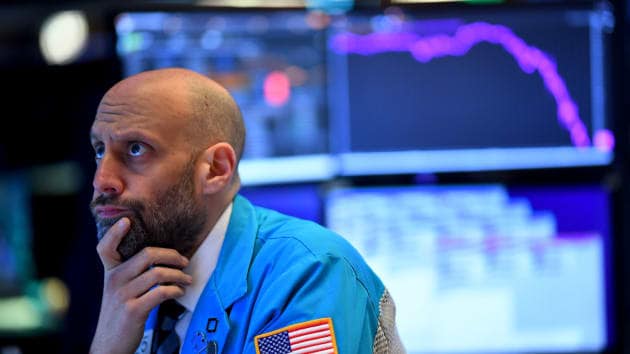
Sell in May and go away is a common adage in the markets.
But the stock market, like everything else, has been disrupted by the coronavirus outbreak this year.
Stocks were at record highs at the start of the year, only to be sent reeling as Covid-19 cases started rising dramatically across the world. Markets bounced back in April, with the S&P 500 rallying 25% from mid -March lows.
As investors approach the second half of the year, they are keen to determine if the recent recovery will be fleeting or a harbinger of a rally later in the year.
Some of the key factors driving optimism in world equity markets are as follows –
- Recovery outlook – Certain market participants are hopeful that with a phased reopening & easing of lockdown measures, the recovery process will soon begin. Goldman Sachs in a note last month said that it is expecting U.S. gross domestic product growth of 4% in 2021 & 3% in 2022 and that the recent rally reflects optimism of an economic turnaround.
- A cure for Covid-19 – Dr David Ho, director of the Aaron Diamond AIDS Research Center in New York City, which pioneered treatment approaches to HIV, said in a recent interview with CNBC, that “science will come through” in finding a cure for Covid-19. In the interim, governments will need to bide time but market participants are hopeful that some of the research & development efforts underway globally to find a treatment or vaccine in the foreseeable future will bear fruit.
- Fed stimulus– Don’t fight the Fed. The old cliché is more true today than ever before. Analysts believe the enormous stimulus announced by the Fed is expected to partially offset the loss in economic output due to Covid-19. Fed Chair Jerome Powell said late last month that more stimulus is needed to ensure a robust economic recovery from the coronavirus outbreak.
- Oil prices stabilizing – Oil analysts expect oil demand to pick up in the coming months due to a revival in economic activity. Stronger demand coupled with supply cuts already announced by major producers should support oil prices in the future. One of U.K.’s richest businessmen, GP Hinduja told CNBC in an exclusive interview that oil could go back to $40-50 per barrel over the long term. Another billionaire, Naguib Sawiris from Egypt, was even more bullish, calling for oil to hit $100 per barrel in 18 months.
While the month of May could become the crucial period to assess the quality & quantum of this economic rebound as economies start to reopen, analysts warn there are still a few red flags to watch out for –
- U.S.- China tensions – Markets were hopeful that skirmishes between the U.S. and China will recede after the signing of Phase 1 of the trade deal between the two countries. However, the global spread of Covid-19, particularly in the U.S. which now has more cases than any other country in the world, as well as the damaging effect it has had on global economic growth, has reignited worries that U.S. – China bilateral relations could deteriorate. “In an election year in the U.S., political risks and U.S.-China trade tensions look like something that will pick up. That’s probably the number one concern in the market when we talk to investors and sell-side analysts,” said Zhiwei Zhang, president & chief economist at Pinpoint Asset Management.
- Looming risk of defaults – With big retailers such as J Crew and JC Penney flagging their debt concerns, and a wave of bankruptcies in airlines, oil, hotels, travel & tourism, and retail sectors across the world, analysts worry this could spark a contagion that would result in significant job losses and debt defaults. Jan Kniffen, CEO of J Rogers, told CNBC in late April, “I do think we have a real problem coming. That talk about a tsunami of bankruptcies both in restaurants & retailing is real & that’s inevitable. If there are 6,00,000 plus restaurants we could see 1,00,000 close, if we have 5,00,000 stores we can see 30,000 close pretty quickly.”
- Risk of 2nd wave – Some countries are doing better than others in tackling Covid-19. But in an interlinked world, a risk of a secondwave is real. Syra Madad, a pathogens specialist told CNBC last week that irrespective of the mutation process, “we will see more waves because the virus is still out there.”
Given all the countervailing forces at play, investors are finding it hard to call the near-term direction for markets.
“At this point the market has rallied about as much as it is going while we are waiting for the pace of the reopen & the risk of a second wave. Markets have priced in a fair bit of the good news & will need to see more confirmation before we are able to go any further,” said Jurrien Timmer, Director of Global Macro, Fidelity Investments.
























